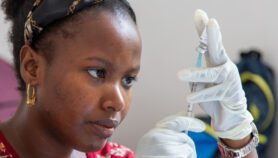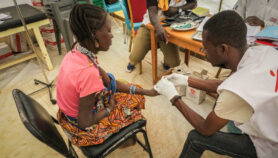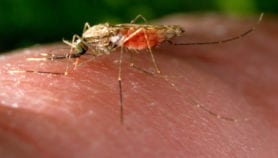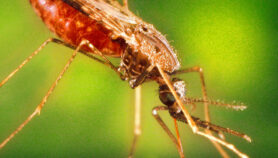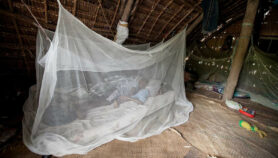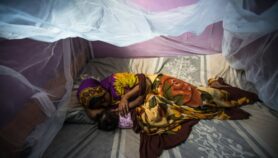By: Gozde Zorlu
Send to a friend
The details you provide on this page will not be used to send unsolicited email, and will not be sold to a 3rd party. See privacy policy.
[GENEVA/LONDON] A global vaccine action plan, developed to help save millions of lives over the next decade, was adopted last month (26 May) by 194 countries at the World Health Assembly (the decision-making body of the WHO) in Geneva, Switzerland.
The plan was drawn up by the Decade of Vaccines Collaboration — a group comprising stakeholders from the global health community — and was published last month (11 May).
It outlines details related to the delivery of the Decade of Vaccines project in the period 2011–2020. Key aims include reducing under-five mortality by two thirds by 2015, and exceeding the target outlined by Millennium Development Goal (MDG) 4 for reducing child mortality by 2020.
"Immunisation […] should be recognised as a core component of the human right to health", the plan says. Its mission is to "extend, by 2020 and beyond, the full benefit of immunisation to all people".
The plan outlines six strategic objectives, which will support efforts to deliver five core goals. These include: achieving a world free of polio; meeting regional elimination targets; meeting vaccination targets in every region, country and community; developing and introducing new and improved vaccines and technologies; and exceeding the MDG 4 target for reducing child mortality.
Innovation is highlighted as one of six guiding principles perceived to be integral to achieving the plan’s five goals. There is also a strong focus on the research and development of new vaccines for diseases that are not currently preventable through vaccination.
By 2015, the goal is for at least 80 low or middle income countries to have introduced one or more new or underutilised vaccines, and to have licensed and launched new vaccines against one or more of the major diseases — such as dengue, malaria or leishmaniasis — by 2020.
Daniel Berman, deputy director of the Campaign for Access to Essential Medicines at Médecins Sans Frontières, Switzerland, told SciDev.Net that the plan gave more focus and support to immunisation, and it was therefore a positive move to adopt it.
But the plan had many limitations, he said.
According to Berman, there was too much emphasis on new vaccines, when what was needed was a greater focus on improving routine vaccination programmes — for example, measles vaccination programmes in Africa — which were regularly underperforming.
Improving vaccination coverage would also require user-friendly products adapted for developing countries, he added. For example, vaccines that were delivered through inhalation, skin patches or orally could help remove the need for trained health workers — a big obstacle to improving vaccination coverage — Berman said.
Removing the requirement for vaccines to be stored at cold temperatures — a logistical challenge in countries with poor refrigeration capacity and electricity supplies — would also help.
Berman added that the plan did not mention on-going discussions regarding boosting local production of vaccines in emerging, middle-income countries — a process that could lower the price of vaccine technologies. In order to effect local production, a concerted effort was needed to help with technology transfer and access to licences, he said.
Simon Wright, head of child survival at Save the Children UK, said he was pleased the action plan had been adopted, and welcomed its "strong emphasis on human rights, health systems and equity."
There needed to be a strong focus on building functioning health systems to reach those children who were still not vaccinated, Wright told SciDev.Net.
"New products for old vaccines are a good focus, but so too is building functioning health systems with staff," he said.
Link to full plan ![]() [24kB]
[24kB]




